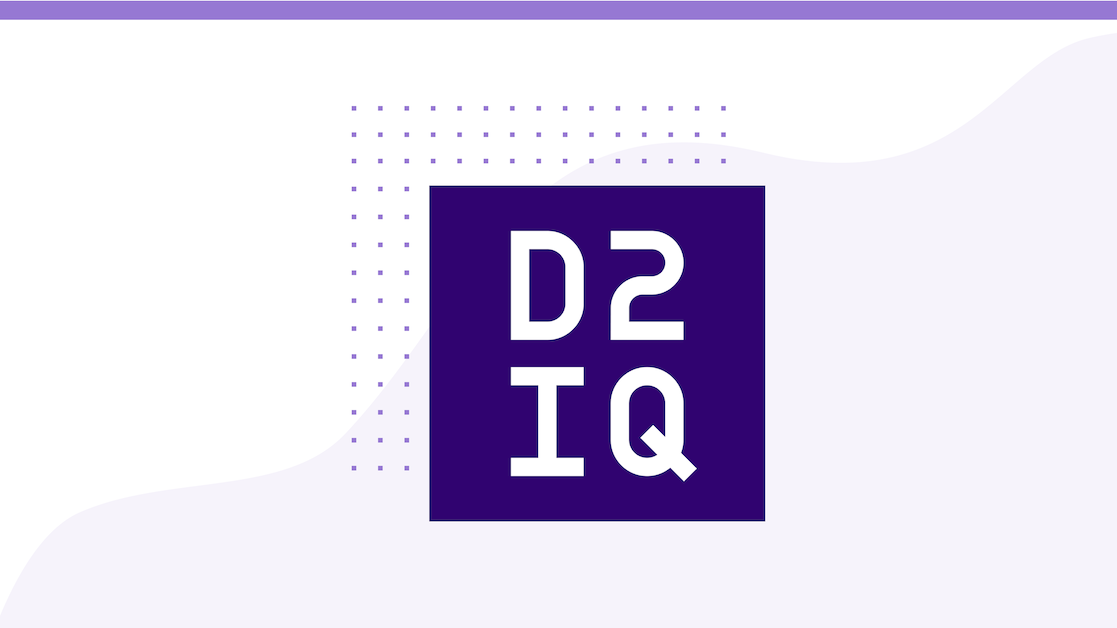After months of collaboration between Google and Mesosphere engineers, Kubernetes is now being fully integrated with the Mesosphere DC/OS and we are officially
opening an early access program for anybody wants to get their hands on it first.
The Kubernetes container-management framework has generated crazy excitement, from developers and tech vendors alike, since Google open sourced the technology last June. Kubernetes lets users create and manage clusters of Docker containers to underpin distributed applications and services, and automates the process of determining which jobs will run where.
Kubernetes on DC/OS means users will be able to launch Kubernetes pods directly from the DC/OS command line interface, using the same commands they would use to manage Kubernetes on any other platform. This is a big deal if you're into Docker and Kubernetes, and would like a complete Kubernetes experience, but would also like the feature set that comes along with an enterprise-class platform such as DC/OS.
It's also a big deal if you're into things like Spark, Cassandra, Hadoop, Chronos, Marathon or Jenkins and would like to launch jobs on those systems from the same command line on the same cluster of machines. Or if you're into portable infrastructure that can travel with you between public cloud platforms and private datacenters.
Think about it: modern companies have complicated needs when it comes to information technology, often requiring the use of all sorts of systems and services that are each complicated in their own right. On the data front alone, applications and individual data scientists might require access to Hadoop for batch processing analytics; Kafka for near-real-time messaging; and Cassandra as a fast, scalable data store for high-volume web applications.
DC/OS lets users launch all of these services and more, directly from its CLI using simple commands. It utilizes its
Apache Mesos core to schedule and place jobs, ensuring that each one is getting the resources it requires. Developers and data scientists don't have to worry about how many nodes they need or when their jobs will run; they just need to write them and let the system handle the rest.
Mesos was built at
UC Berkeley's AMPlab inspired, in part, by research pioneered by Google, which we now know to be part of
the famous Borg system that Google uses to run its entire infrastructure, including applications such as Gmail. And Mesos powers some serious applications of its own: Twitter, Netflix, Hubspot and Yelp are among a large and growing collection of companies already relying heavily on Mesos to manage their production infrastructure.
Mesosphere DC/OS builds on Mesos to make it easier to consume and more trustworthy for running enterprise applications out of the gate. When we say Mesosphere DC/OS is "enterprise-class," that includes high availability, security and policy management across the entire DC/OS cluster, backed by 24/7/365 support. All of the DC/OS services -- including Kubernetes -- can run together on the same set of machines without fear they'll interfere with each other or open up channels for misuse.
Perhaps best of all is that DC/OS is an elastic computing environment that travels with you. You can do all of this anywhere you have Linux servers running -- in your datacenter or in the public cloud -- and get the same user experience every time.



